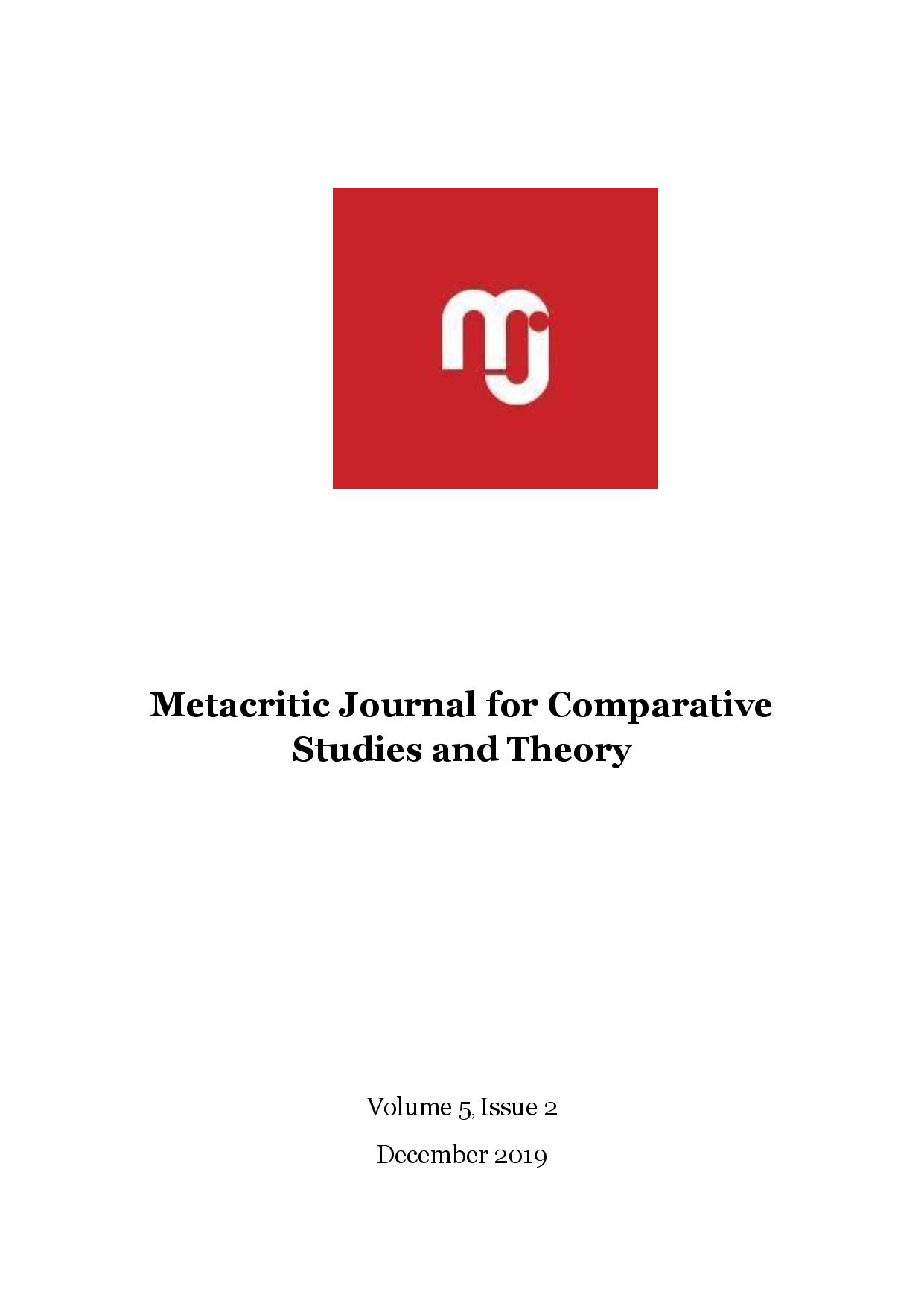Food Porn at the Crossroads: Between Postmodernism and Digimodernism in Stephanie Sarley’s (Un)orthodox Visual Art
Food Porn at the Crossroads: Between Postmodernism and Digimodernism in Stephanie Sarley’s (Un)orthodox Visual Art
Author(s): Patricia ȘoituSubject(s): Fine Arts / Performing Arts, Visual Arts, Film / Cinema / Cinematography
Published by: Universitatea Babeş-Bolyai
Keywords: postmodernism; digimodernism; food porn; metanarrative; gaze;
Summary/Abstract: Since its emergence in the late 1990s, the cultural paradigm of digimodernism has been regarded as a hybrid product, born out of postmodernism’s toxic ashes. Meant both as a partial continuation and as a reaction against its monolithic predecessor, digimodernism brought to light Lyotard’s ambivalent legacy of the grand narratives and sought to demonstrate their actuality, despite the few muffled screams of irony and ambiguity, found at the dying heart of postmodernity. Alternatively, the postmodern is seen as a space where capitalism does not necessarily suppress the possibility of emancipation, by means of the Web 2.0-based technology and where it does not always amount to efficiency and profit. By looking at Stephanie Sarley’s art, I will attempt not only to conceptualize and illustrate industrial pornography as a metanarrative, with regard to the type of food porn the artist creates, but also to elaborate on the uninterrupted connection between digimodern and postmodern features reflected in her prototypic art and exemplify how the former comes to be inscribed as a technological facet of the latter. The endless narrative form sheds light on a process of alienation from the basic goal of the prescribed mechanisms found at the core of the pornographic industry and labels the metanarrative of JudeoChristianity as oppressive, against freedom and democracy, while the metanarrative of capitalism is almost reduced to non-existence through Sarley’s altogether purely emancipatory, digimodern and postmodern artwork.
Journal: Metacritic Journal for Comparative Studies and Theory
- Issue Year: 5/2019
- Issue No: 2
- Page Range: 110-129
- Page Count: 20
- Language: English

